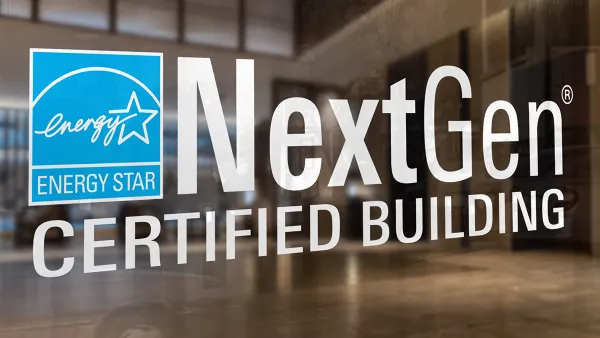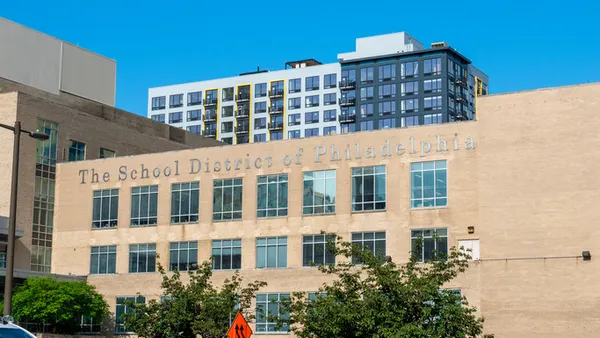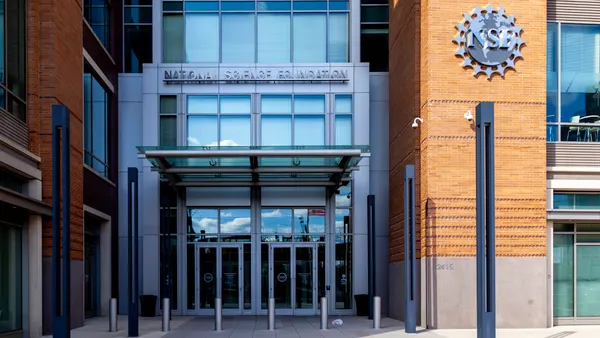Dive Brief:
- The California Building Standards Commission and the Division of the State Architect have updated the state’s energy codes in a move seen as a precedent for other states to rein in global warming and tackle climate risk.
- CBSC voted unanimously in favor of two building code changes that are expected to reduce embodied carbon emissions, according to a press release from the American Institute of Architects California. These changes are slated to take effect July 1, 2024.
- AIA California said the code amendments place California as the first U.S. state to mandate the reduction of embodied carbon emissions in the design and building process.
Dive Insight:
The two building code changes that passed this month aim to reduce embodied carbon emissions in the construction, renovation or adaptive reuse of commercial buildings larger than 100,000 square feet and schools over 50,000 square feet.
The state’s code additions amend the 2022 California Green Building Standards Code, Part 11, Title 24 with three alternative compliance paths to meet new standards. The first option calls for the reuse of at least 45% of an existing structure. The second alternative requires the use of materials that fall within specified emission limits. The third is a performance-based compliance path that allows the use of a whole building life cycle assessment analysis.
“It can take up to 80 years to overcome embodied carbon’s impact through strategies that reduce energy usage or operational carbon; the planet doesn’t have that time,” AIA California president Scott Gaudineer said in the statement from AIA California.
Embodied carbon refers to greenhouse gas emissions that arise from building materials throughout their life cycle. These include emissions released during manufacturing, transport, installation, maintenance, disassembly, and waste disposal.
Most embodied carbon resides in the foundations and structures of newly constructed buildings, according to a note on embodied carbon emissions from Larry Strain, sustainability expert and principal at Siegel and Strain Architects. Strain believes adaptive reuse projects can cut embodied carbon emissions by as much as 75% compared to new construction. He also points to the importance of implementing design elements that draw on lower carbon-concrete materials like fly ash, slag and calcined clays, while limiting the use of high carbon-footprint products like foam insulation, aluminum and plastic.
Gaudineer noted that “embodied carbon must be reduced in addition to operational carbon” to meet California’s decarbonization timelines.
In an effort led by Applied Architecture climate action principal Michael Malinowski, AIA California petitioned the state for code updates in 2019.
AIA California said that effort culminated in a collaboration between the DSA and CBSC in the CALGreen Carbon Reduction Collaborative. The collaborative comprises various state agencies and non-governmental groups, including the U.S. Green Building Council, the New Buildings Institute, and the Natural Resources Defense Council, which worked together to inform these amendments.












